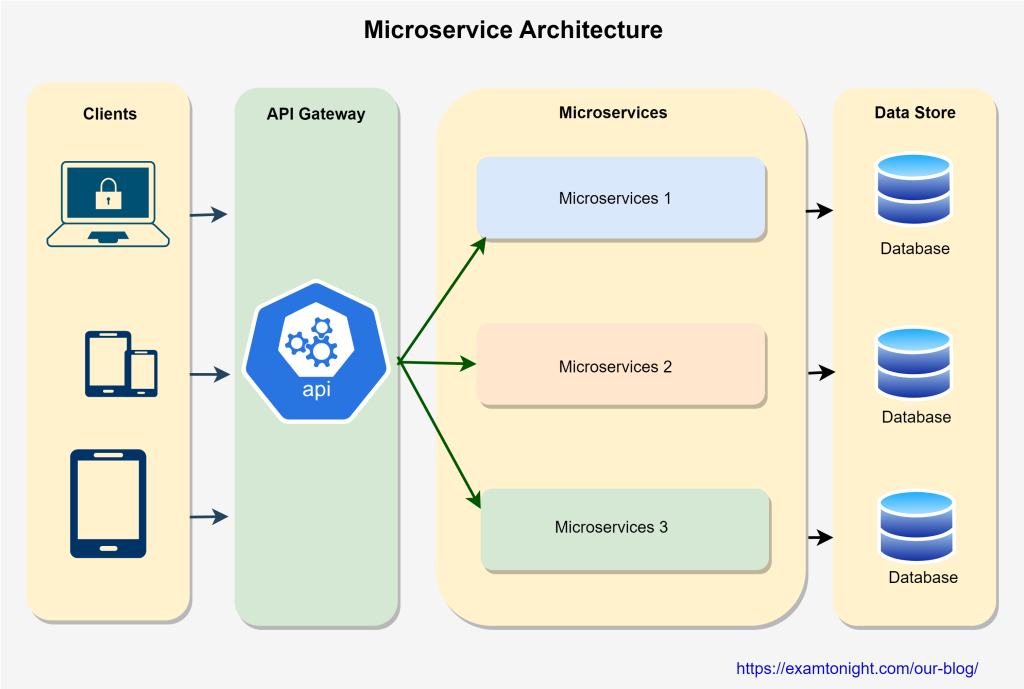In our tech-driven world, we use multiple apps and services daily, from food ordering to social media. Have you ever wondered how these apps work behind the scenes? One key to their success is a modern approach called Microservices Architecture. In this article, we’ll explore what microservices are, how they benefit us, and discuss some real-world examples.
What Are Microservices?
- Microservices is an architectural style that structures an application as a collection of loosely coupled, independently deployable services.
- Microservices communicate with each other by using well-defined APIs.
- Unlike monolithic applications, where all functionalities are tightly integrated, microservices break down an application into smaller, self-contained units.
- Each microservice handles a specific business capability, allowing for agility, scalability, and maintainability.
- Microservices Support the practice of writing code in multiple languages. For example, services don’t need to share the same technology stack, libraries, or frameworks.





